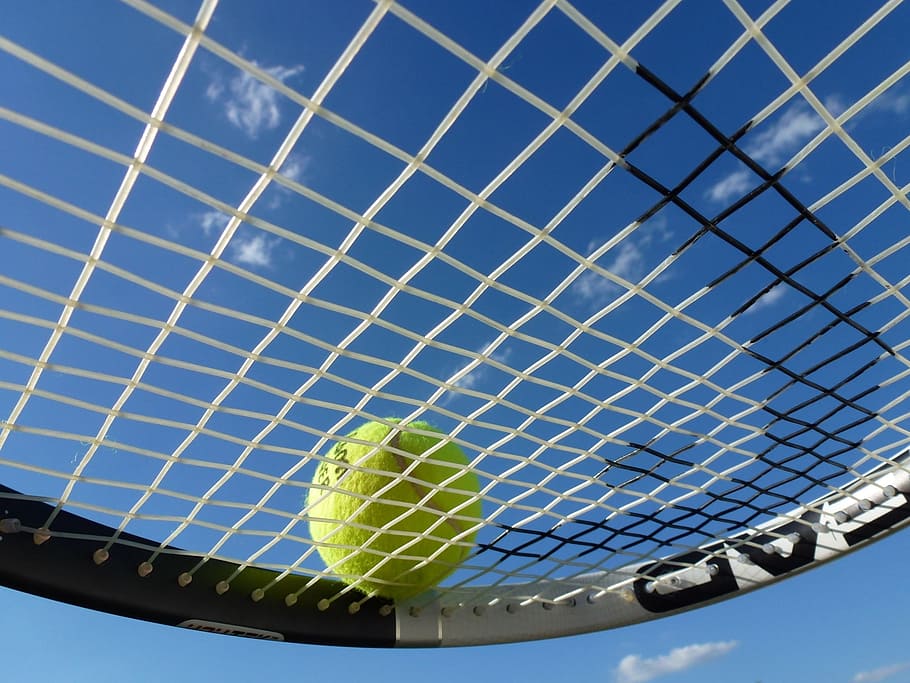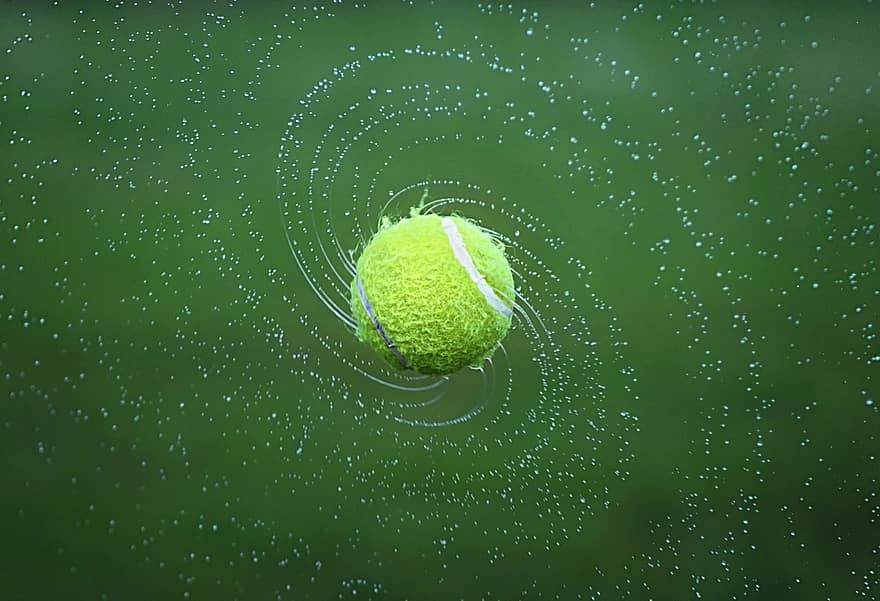The Rise of Arab Tennis: 2014-2024
In the past decade, Arab tennis has taken an incredible leap forward, carving out a place on the global stage with unmatched energy and promise. This rise hasn’t happened by chance—it’s been fuelled by the sport’s growing appeal, significant government investments, and the emergence of inspiring talent. More than just athletic success, this evolution mirrors cultural shifts in the region, including a surge in sports wagering, which has added an exciting and interactive way for fans to engage with tennis.
A Decade of Transformation: Breaking Barriers
Back in 2013, tennis in the Arab world felt like a distant dream, with just a few events and barely any players making headlines. Fast forward to 2024, and it’s a whole new story. Players from Tunisia, Egypt, and Morocco are climbing global rankings and proving their mettle on the biggest stages. Meanwhile, tournaments hosted in the region have become magnets for top international stars, solidifying the Arab world’s reputation as a rising hub for the sport.
Among these success stories, Tunisia’s Ons Jabeur stands out. Nicknamed the “Minister of Happiness,” Jabeur has climbed into the Top 10 of the Women’s Tennis Association (WTA) rankings and reached multiple Grand Slam finals. She made history as the first Arab woman to achieve these milestones, inspiring a new generation of young athletes across the region and proving that global excellence in tennis is within reach.
Key Drivers of Development
Arab tennis is on the rise for many reasons, creating a wave of excitement and optimism across the region. The rise of Arab tennis can be attributed to several pivotal factors:
Investment in Infrastructure
Qatar and the United Arab Emirates have taken bold strides in building world-class tennis facilities that rival the best globally. In Doha, the Qatar ExxonMobil Open and Qatar Total Open are now staples on the ATP and WTA calendars, drawing widespread acclaim. Meanwhile, Dubai’s Duty Free Tennis Championships has earned a reputation as one of the most prestigious events in the Middle East, regularly attracting the world’s tennis elite.
These high-profile tournaments do more than just increase the region’s reputation for hosting international competitions. They also create invaluable opportunities for local athletes to face off against the sport’s finest right on their home courts.
Grassroots Development
In North Africa, countries like Morocco, Tunisia, and Egypt are cultivating future tennis stars through dedicated grassroots programs. National federations have invested in academies and coaching centers that aim to grow young talent. These initiatives focus on more than just technical prowess, emphasizing physical fitness, mental toughness, and the strategic skills needed to excel on the international stage.
The Role of Rising Stars in Arab Tennis
The impact of players like Ons Jabeur and Malek Jaziri has been nothing short of transformative. Their successes have shattered stereotypes and shown that Arab athletes can thrive at the sport’s highest levels. Ons Jabeur’s ascent to the global stage, in particular, has ignited dreams among boys and girls across the region, inspiring them to pick up a racket and join local clubs.
Arab tennis’s journey in the Middle East and North Africa is a compelling tale of ambition, resilience, and visionary investment—one that promises to leave an indelible mark on the global tennis narrative.
Tennis and Wagering in the Arab World
The growth of tennis in the Arab world reflects not just athletic success but also shifting cultural dynamics. Tennis has captured the imagination of younger generations who view the sport as modern, aspirational, and aligned with global lifestyles.
Fans are finding new ways to connect with the sport, making their experience more immersive and interactive than ever before. The rise of tennis betting has transformed how enthusiasts engage with matches, turning passive viewing into an active and exciting experience. Platforms like Arabic-Casinos have seen a surge in interest, giving fans an opportunity to explore more deeply by following their favorite players, analyzing games, and predicting outcomes. This trend reflects a broader shift in entertainment, where technology and digital innovation are redefining how audiences interact with the sports they love.
Tariq Al-Badr, Director of Online Sports Wagering at Arabic-Casinos, explains: “Tennis wagering has added a whole new buzz for fans across the Arab world. It’s no longer just about sitting back and watching—it’s about diving into the action. You get to feel more connected, predicting outcomes and really engaging with the game. Platforms like ours make sure it’s all safe and easy to access, letting fans enjoy this fresh way of being part of the sport’s excitement.”
As tennis continues to grow in popularity, wagering platforms will likely play an increasing role in connecting fans to the sport, embedding tennis more deeply into the region’s cultural fabric.
Challenges on the Road Ahead
Arab tennis has come a long way, but there are still a few bumps in the road that need to be smoothed out. One big challenge is that not all countries in the region have the same resources. While places like Qatar and the UAE have poured money into tennis facilities and tournaments, smaller or less wealthy nations are struggling to keep up. It’s going to take some teamwork and targeted funding to make sure everyone has a fair shot at success.
Another hurdle is balancing tradition with modern values. In some areas, there are still cultural barriers that can make it harder for women to fully participate in sports like tennis. Breaking through these challenges and creating equal opportunities for female athletes is a must if the region wants to truly shine on the world stage.
And finally, keeping the momentum going is no small task. Tennis is a sport that demands a lot—from infrastructure to player development to ongoing support. The key to staying on this upward trajectory will be continuing to invest in young talent, offering professional opportunities, and making sure there are inspiring role models for future generations.
Looking Ahead: A Bright Future
Arab tennis is stepping into the next decade with so much promise. The region has already made huge strides with solid investments in facilities, player development, and growing acceptance of the sport as part of its culture. But there’s still work to be done to unlock its full potential.
This isn’t just about tennis; it’s a story of resilience and ambition. It shows how the Arab world is embracing modernity while holding onto its unique identity. With more players competing on the world’s biggest stages, tournaments that highlight the region’s famed hospitality, and fans finding exciting new ways to connect with the sport, Arab tennis is ready to make an even bigger mark globally.

















